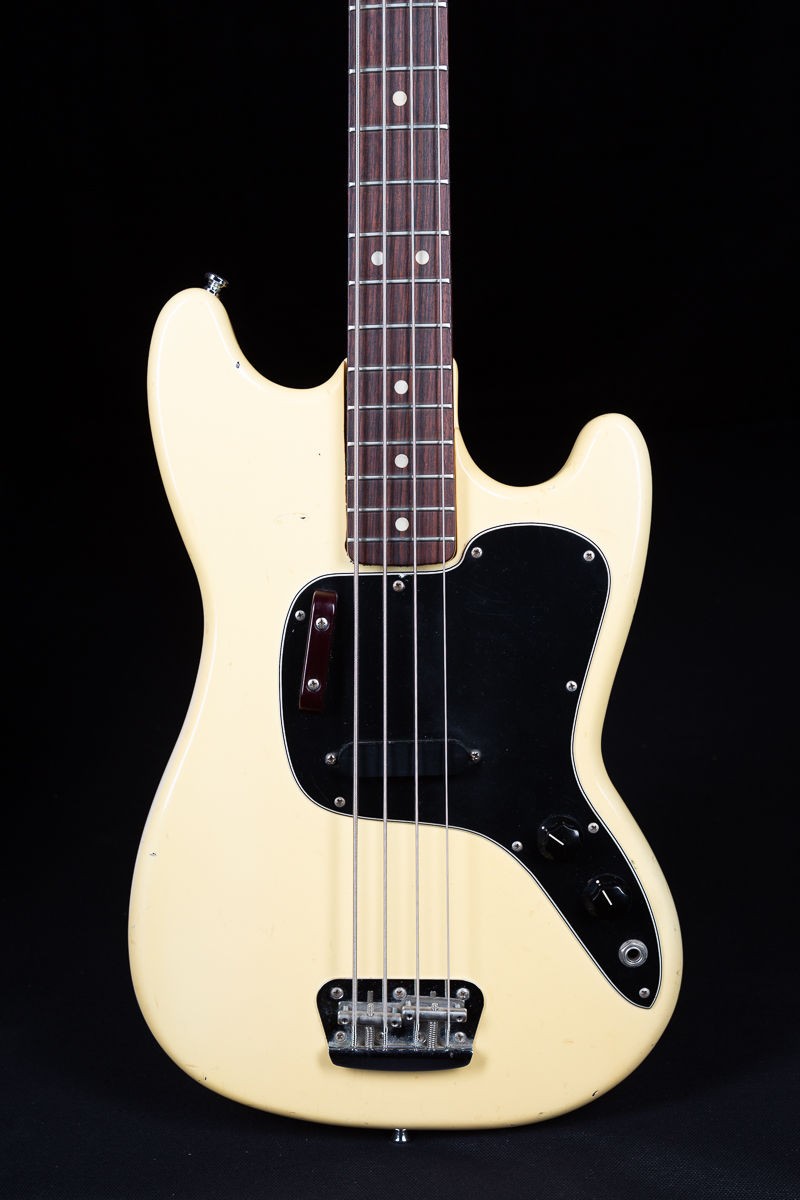
Having said this, there are a lot worse guitars out there, and as well as being historically important, the 1820 bass can certainly provide the goods when required. Over the course of the 70s, the Japanese output improved dramatically, and in many ways these early 70s models are a low point for the brand. These new Epiphones were based on existing Matsumoku guitars, sharing body shapes, and hardware, but the Epiphone line was somewhat upgraded, with inlaid logos and a 2x2 peghead configuration. The Matsumoku factory had been producing guitars for export for some time, but the 1820 bass (alongside a number of guitar models and the 5120 electric acoustic bass) were the first Epiphone models to be made there. Amplifiers: Deluxe, Deluxe Reverb, Vibrolux Reverb and Princeton Reverbīy the end of the 1960s, a decision had been made to move Epiphone guitar production from the USA (at the Kalamazoo plant where Gibson guitars were made), to Matsumoto in Japan, creating a line of guitars and basses significantly less expensive than the USA-built models (actually less than half the price). Guitars: Telecaster / Telecaster Custom, Esquire / Esquire Custom, Mustang, Musicmaster, Duosonic. The Musicmaster in its second incarnation was still sold well into the 1970s however, using leftover parts until supplies ran out. July 1964 prices for these models were as follows. The redesigned Musicmaster II alongside its stablemate the Duo-Sonic II lasted through 1969 before both models were dropped from production in favor of the more deluxe Mustang and new Fender Bronco. New amplifier models shown on this page are the Vibrolux Reverb and Princeton Reverb - first appearing in price lists in July 1964. The images of the Duo-Sonic and Musicmaster are still the same as the previous 1963 catalogue, with the older controls, bridge etc. The guitars represented here seem to be intermediate models: the choice of neck is mentioned in the text, though the new finish options and controls are not. As of mid/late 1964, all three guitars had the same body, new colors, new hardware, new controls (for the Duo-Sonic) and choice of 22 1/2" or 24" neck.


1969 FENDER MUSICMASTER SERIES
The Fender Mustang was a brand new model at this time, and was part of a series including the Duo-Sonic and Musicmaster. Fender Deluxe, Deluxe Reverb, Vibrolux Reverb and Princeton Reverb.

Fender Telecaster, Fender Esquire, Fender Mustang, Fender Musicmaster and Fender Duo-Sonic. Details of five student and intermediate level guitars, and four guitar amplifiers.


 0 kommentar(er)
0 kommentar(er)
